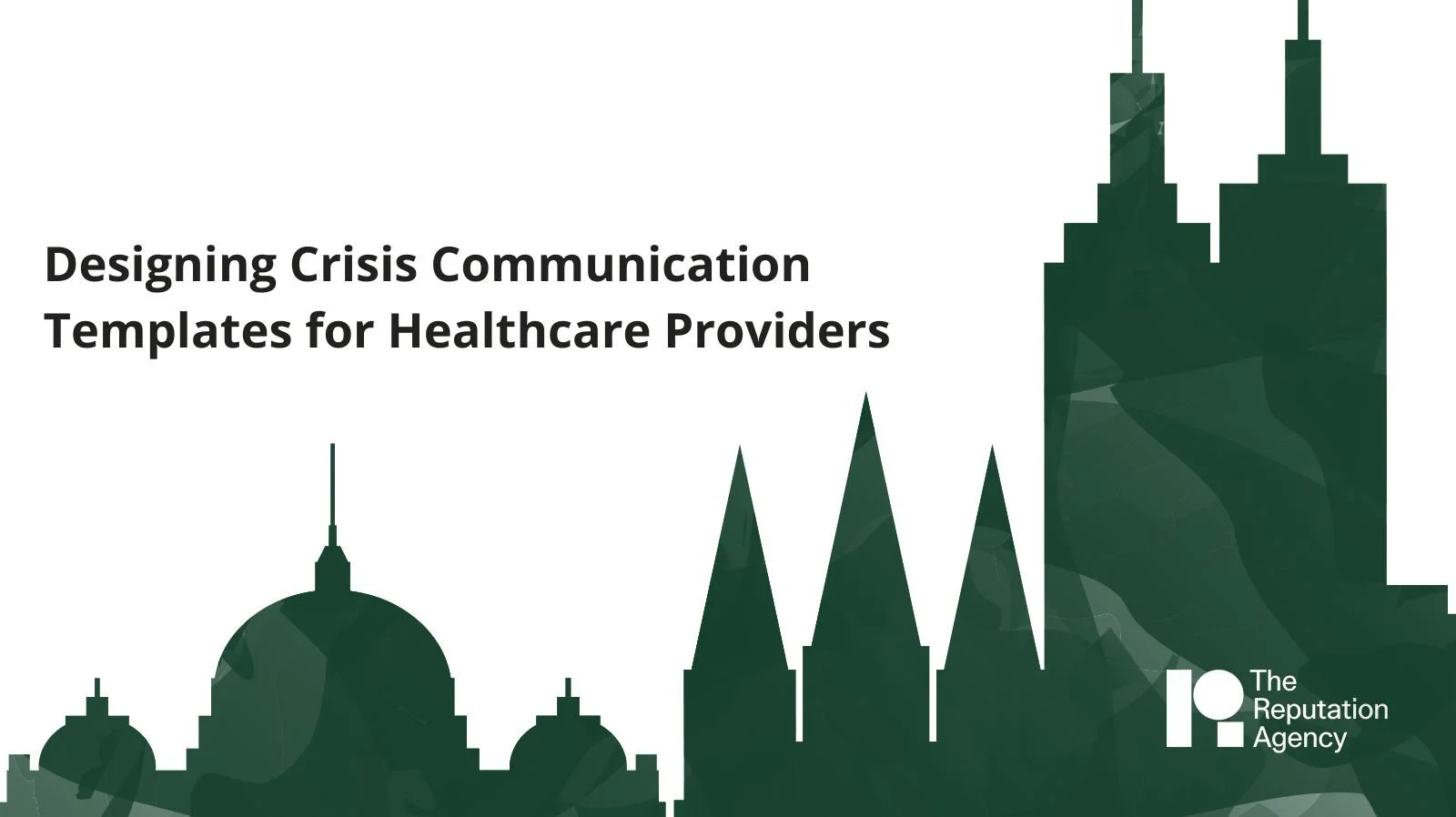Designing Crisis Communication Templates for Healthcare Providers
The Importance of Crisis Communication in Healthcare
Healthcare providers operate in a highly sensitive environment where timely, accurate communication is critical. Crises such as patient safety incidents, regulatory issues, or public health emergencies require rapid response to protect patients, staff, and organisational reputation. Well-designed crisis communication templates provide a structured framework that ensures clarity, consistency, and speed in messaging during high-pressure situations.
Benefits of Using Crisis Communication Templates
Consistency Across Teams
Templates help maintain consistent messaging across all channels and spokespeople. Whether communicating with patients, staff, regulators, or media, consistency reinforces credibility and trust.
Speed and Efficiency in Response
Crisis situations often demand immediate communication. Templates reduce the time spent drafting messages, enabling rapid dissemination of accurate information while avoiding miscommunication.
Steps to Design Effective Crisis Communication Templates
1. Identify Key Stakeholders
Start by mapping your stakeholders to ensure tailored communication:
Patients and families for updates on care and safety
Healthcare staff for operational instructions and guidance
Regulators and authorities for compliance reporting
Media and public for transparency and reassurance
Understanding stakeholder needs helps create clear, relevant templates.
2. Define Core Messaging
Templates should include key messages that address the most critical aspects of a crisis:
Acknowledge the situation clearly and honestly
Explain immediate actions being taken
Provide guidance on what stakeholders should do
Reinforce organisational values, safety, and commitment
Core messaging ensures every communication is aligned and accurate.
3. Develop Channel-Specific Templates
Different channels require tailored messaging:
Email: Direct updates for staff and patients
Press release: Public statements for media
Social media: Concise updates and alerts
Internal portals or SMS: Quick, actionable instructions for staff
Channel-specific templates ensure information is delivered effectively to each audience.
4. Incorporate Approval and Escalation Processes
Templates should outline who approves messages and the steps for escalation:
Identify responsible leaders or communication teams
Include a checklist for legal or compliance review
Define timelines for approvals to ensure rapid deployment
Clear processes prevent delays and maintain message integrity during crises.
5. Include Guidance for Sensitive Situations
Healthcare crises often involve emotional or high-stakes scenarios. Templates should provide guidance on:
Language to use with patients and families
Tone for media statements
Protocols for disclosing adverse events
Sensitive communication reinforces trust and demonstrates empathy.
6. Regularly Review and Update Templates
Crisis templates must evolve to reflect changes in regulations, technology, or organisational structure:
Update contact information and communication channels
Incorporate lessons learned from past crises
Conduct training exercises using the templates
Ongoing review ensures templates remain practical, accurate, and effective.
Did You Know?
Healthcare organisations that use pre-prepared crisis communication templates respond 50% faster to critical incidents and maintain higher stakeholder confidence.
Strengthening Healthcare Reputation Through Prepared Communication
Crisis communication templates enable healthcare providers to act quickly, communicate consistently, and maintain trust during high-pressure situations. By planning ahead and preparing structured templates, organisations can protect patients, staff, and their reputation while navigating any crisis with confidence.
Need Help Designing Crisis Communication Templates?
The Reputation Agency assists healthcare providers in creating tailored crisis communication templates and protocols. Explore our crisis management consulting services to strengthen your communication readiness and safeguard your organisation’s reputation.
FAQs
1. Why are crisis communication templates important for healthcare providers?
Templates ensure rapid, consistent, and accurate messaging during high-stakes situations, protecting patients, staff, and organisational reputation.
2. Who are the key stakeholders for crisis communication in healthcare?
Patients, families, healthcare staff, regulators, and the public are all critical stakeholders during a crisis.
3. How should messaging differ across communication channels?
Each channel—email, press release, social media, or SMS—requires tailored messaging for clarity, brevity, and effectiveness.
4. What should templates include for sensitive situations?
Templates should provide guidance on empathetic language, tone, and protocols for disclosing adverse events or safety incidents.
5. How often should crisis communication templates be updated?
Templates should be reviewed regularly to incorporate regulatory changes, lessons learned, updated contacts, and new communication channels.

